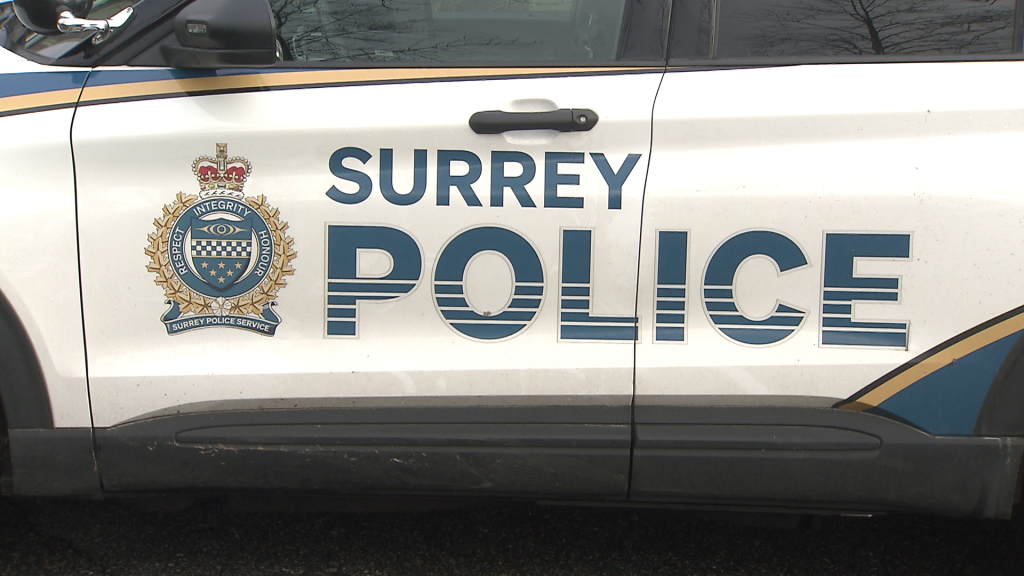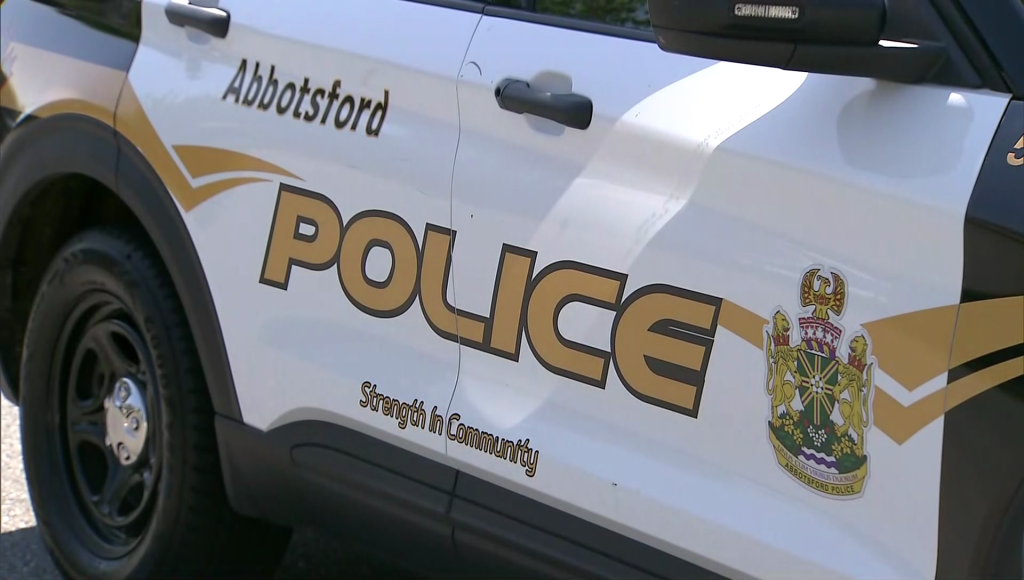4 injured beavers captured, rehabilitated in B.C. wetlands conservation project
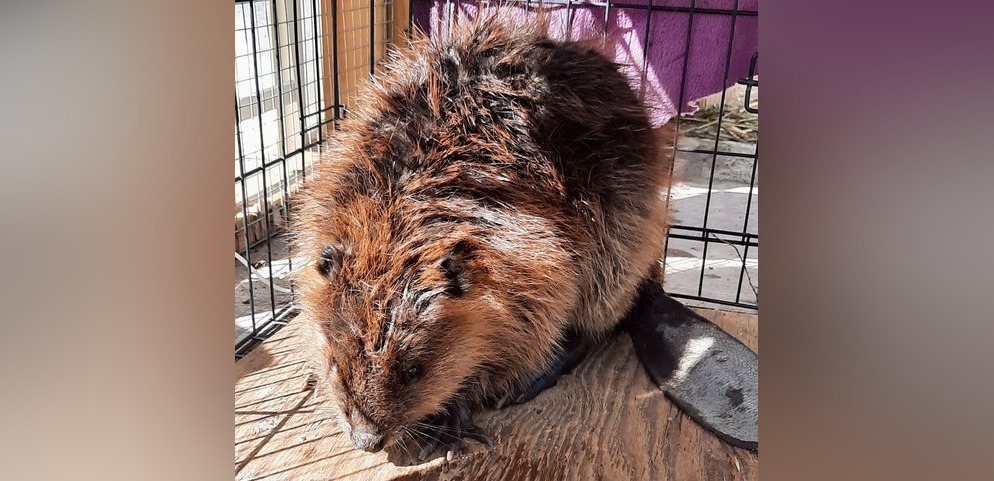
Posted July 4, 2023 12:49 pm.
Last Updated July 4, 2023 1:07 pm.
Four injured beavers were captured as part of a conservation project to help restore B.C.’s wetlands, and have now been rehabilitated near Merritt.
Eva Hartmann, president and co-founder of the Interior Wildlife Rehabilitation Society, says the four rodents were captured individually as part of the project.
Hartmann says each of the beavers had various minor injuries like animal bites and spent several days in rehabilitation.
“They were on superficial injuries, but we don’t know how they got them. A lot of the time that’s the case with wildlife — they don’t tell us how they were injured. So we can only give it our best-educated guess,” she said.
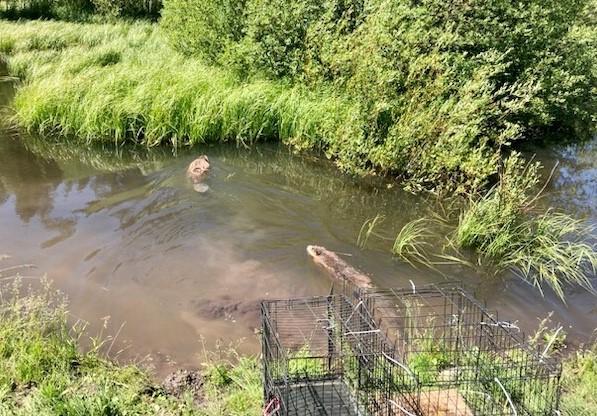
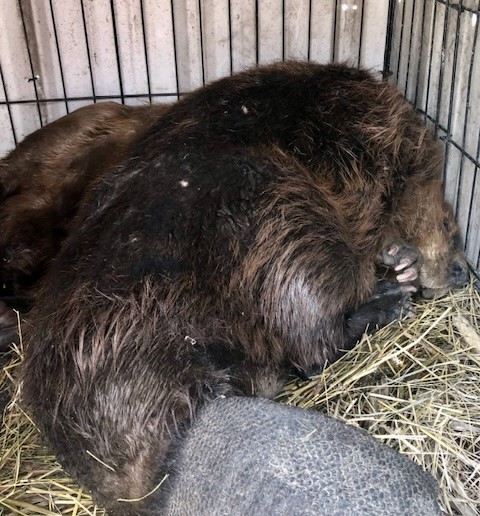
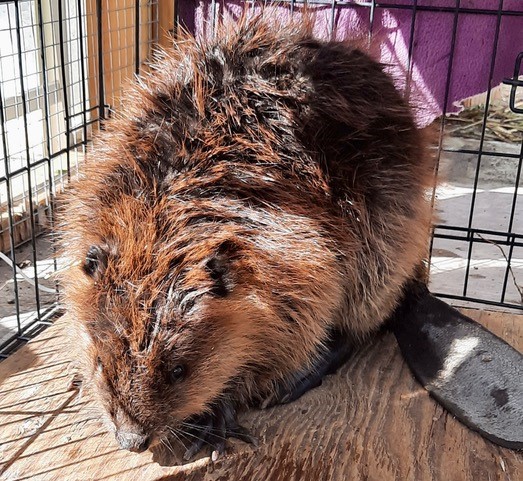
The conservation project is run by Tom Willms, a professor and biologist at the Nicola Valley Institute of Technology (NVIT), and is supported by the Nooaitch First Nation.
“Local property owners can ask Tom if he would take [beavers] away from their property if they don’t want [them] to be there and then they become part of the project,” she said.
She says the goal of the project is to help restore B.C.’s wetlands and bring beavers back to the area.
“There are a lot of wetlands in the Howard Creek region that historically used to have beavers, and they have been trapped out and now there aren’t any. So the reason to restore the wetlands is for fire drought and flood resilience of that area. So they put beavers back in there, and then hopefully, the beavers do their job restoring those wetlands,” she said.
“If you imagine a beaver building a dam, that damming up of some of the creek water and increasing flooding of the areas around it to a certain degree, increases the water level. And with that, they actually built wetlands for native flora and fauna to become re-established…they basically create an oasis for all the plants and animals that are supposed to be there so that people don’t have to do this. Beavers do it naturally for the watershed.”
Hartmann notes that the four beavers were released in pairs, with each pair believed to be friends or related in some manner.
She adds that the conservation team has already started to see “the first glimpses of success.”


